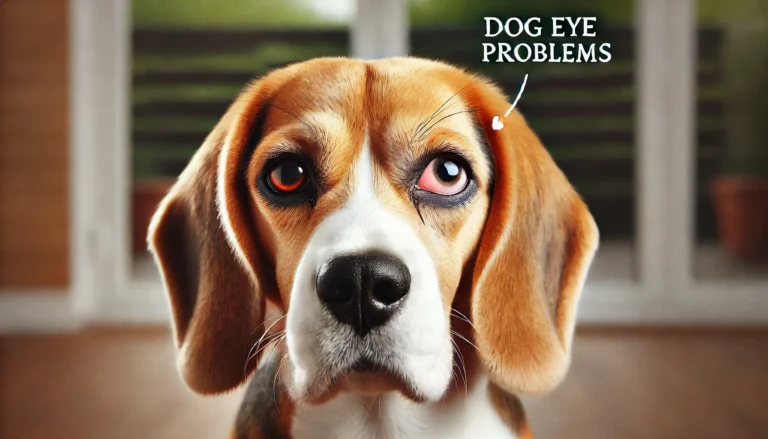Dog Gum Colors and What They Mean? Great guide to know

Understanding Dog Gum Colors: A Comprehensive Guide
The color of a dog’s gums can be a significant indicator of their overall health. Much like in humans, the appearance of a dog’s gums can signal anything from dehydration to severe internal conditions. Understanding what different gum colors mean can help dog owners recognize health problems early, potentially saving their pet’s life. This article provides a comprehensive guide to the various gum colors observed in dogs, their potential meanings, and the actions owners should take.
Normal Gum Color in Dogs
Healthy gums in dogs are generally a bubble-gum pink color. This color indicates good blood circulation and proper oxygenation. To assess your dog’s baseline gum color, gently lift their lip and observe the color of the gums above the teeth. It’s a good practice to do this regularly so you can recognize any changes should they occur.
Assessing Capillary Refill Time
In addition to color, the capillary refill time (CRT) is an important sign of circulatory health. You can check this by gently pressing on the gum with your finger until it turns white, then releasing it. The color should return within about two seconds. A delayed response could indicate dehydration, shock, or circulatory problems, requiring immediate veterinary attention.
Colors and Their Meanings
Bright Pink or Red Gums
Bright red gums can be a sign of overheating or heatstroke, especially if accompanied by excessive panting, drooling, or lethargy. Red gums can also indicate dental issues like gingivitis or infections. In some cases, they could signal carbon monoxide poisoning or blood pressure issues.
Pale Pink or White Gums
Pale or white gums can be a sign of severe conditions such as anemia, blood loss, or shock. This can occur from internal bleeding or a sudden drop in blood pressure. Pale gums are often accompanied by weakness or a faster than normal heart rate. Immediate veterinary attention is crucial as these conditions can be life-threatening.
Blue or Purple Gums
Gums that appear blue or purple are indicative of cyanosis, which means there is inadequate oxygen being circulated in the blood. This can be due to respiratory issues, heart problems, or a choking incident. Blue gums require urgent veterinary intervention as they signify a critical, life-threatening situation.
Yellow Gums
If a dog’s gums turn yellow, it suggests jaundice, which is related to liver problems. Jaundice can also affect the whites of the eyes and the skin. Liver disease, certain toxins, or problems with the gallbladder or pancreas can cause jaundice. This condition necessitates immediate veterinary diagnosis and treatment.
Bright Cherry Red Gums
Extremely bright, cherry red gums can be a sign of carbon monoxide poisoning or other toxic exposures. This symptom, particularly if it occurs suddenly and without explanation, should be treated as an emergency.

Other Considerations
While gum color is a useful diagnostic tool, it’s important to consider other symptoms your dog may be exhibiting, such as:
- Vomiting or diarrhea
- Excessive drinking or urination
- Changes in appetite
- Lethargy or unusual inactivity
- Difficulty breathing
What to Do if You Notice a Change
Contact Your Veterinarian: Describe the symptoms and gum color changes to your vet, who will likely advise immediate action or an urgent visit to the clinic.
Evaluate Other Symptoms: Quickly assess if there are other symptoms accompanying the change in gum color.
Perform a Capillary Refill Test: Check the capillary refill time as described above.
Provide Comfort: Ensure your dog is in a safe, comfortable environment, preferably in a cool, shaded area if overheating is suspected.
do you know
The Irish Doodle, a delightful blend of an Irish Setter and a Poodle, has become a beloved choice for dog lovers seeking a playful and affectionate companion.
Conclusion
Regularly checking your dog’s gum color can help you catch potential health issues before they become severe. Remember that any sudden change in the color of your dog’s gums, especially if accompanied by other symptoms, should prompt a visit to the veterinarian. By keeping informed about what different gum colors indicate and responding quickly to changes, you can help maintain your dog’s health and well-being.
What color are unhealthy dog gums?
Unhealthy dog gums can be pale, blue, yellow, or very red.
What color are a dog’s gums when dehydrated?
Dehydrated gums may appear dry and sticky, and they might be paler than normal.
What color are unhealthy gums?
Unhealthy gums are often white, blue, bright red, or yellow.
Is it normal for dogs to have brown gums?
Yes, some dogs naturally have brown or black pigmentation on their gums.
What do infected dog gums look like?
Infected gums are usually swollen, red, and may bleed or have pus.
What do unhealthy dog teeth look like?
Unhealthy dog teeth may be discolored, have tartar buildup, be broken, or loose.
How do you treat dog gum disease?
Treatment involves professional cleaning, possible tooth extractions, and follow-up care with proper oral hygiene practices at home.
How to treat gingivitis in dogs at home?
Home treatment includes brushing the dog’s teeth daily, using dental chews, and sometimes applying vet-prescribed oral rinses or gels.
What is stage 4 dental disease in dogs?
Stage 4 dental disease involves severe gum disease with significant tartar buildup, deep gum pockets, many loose teeth, and potential bone loss. Treatment usually requires extensive dental surgery and may include multiple extractions.






